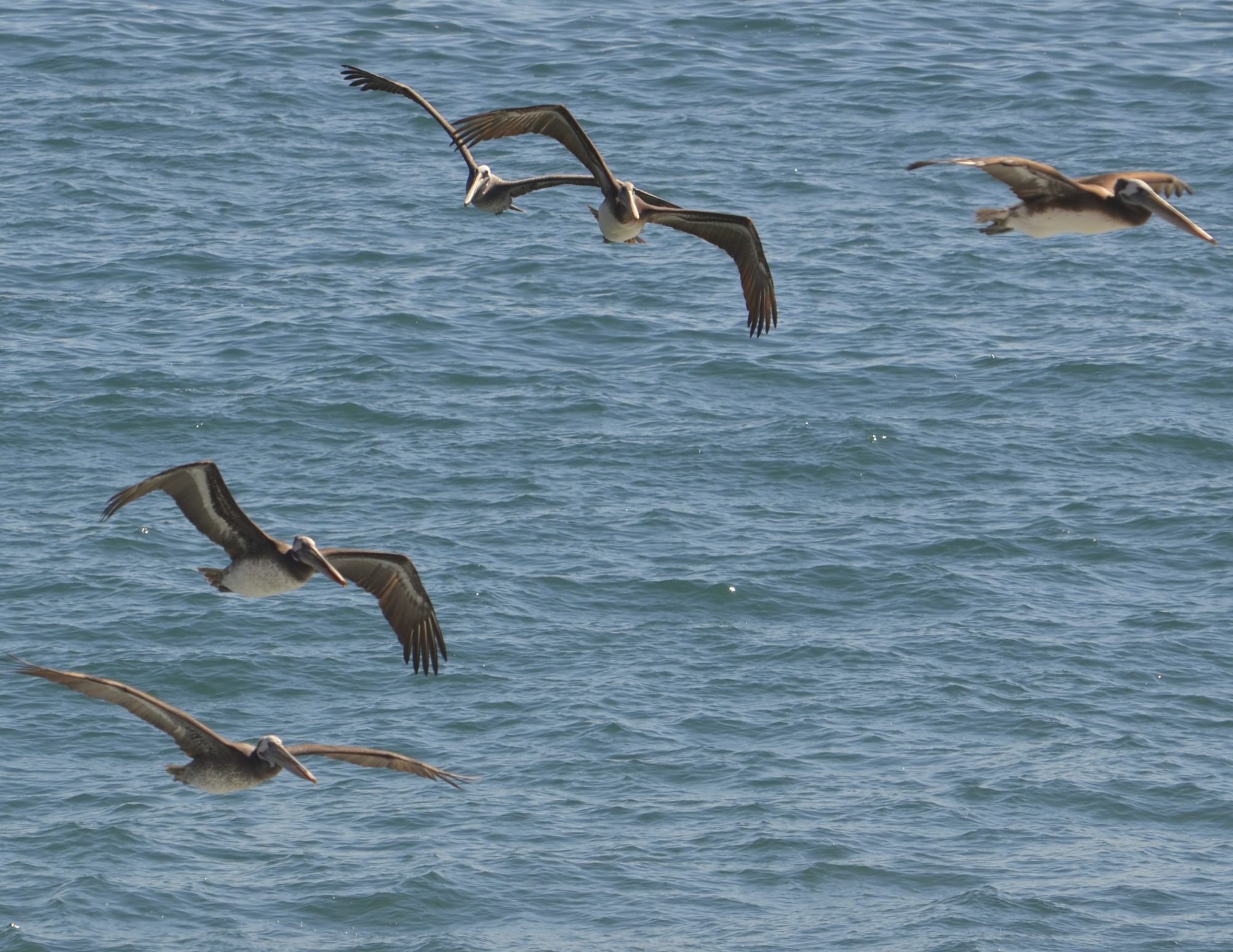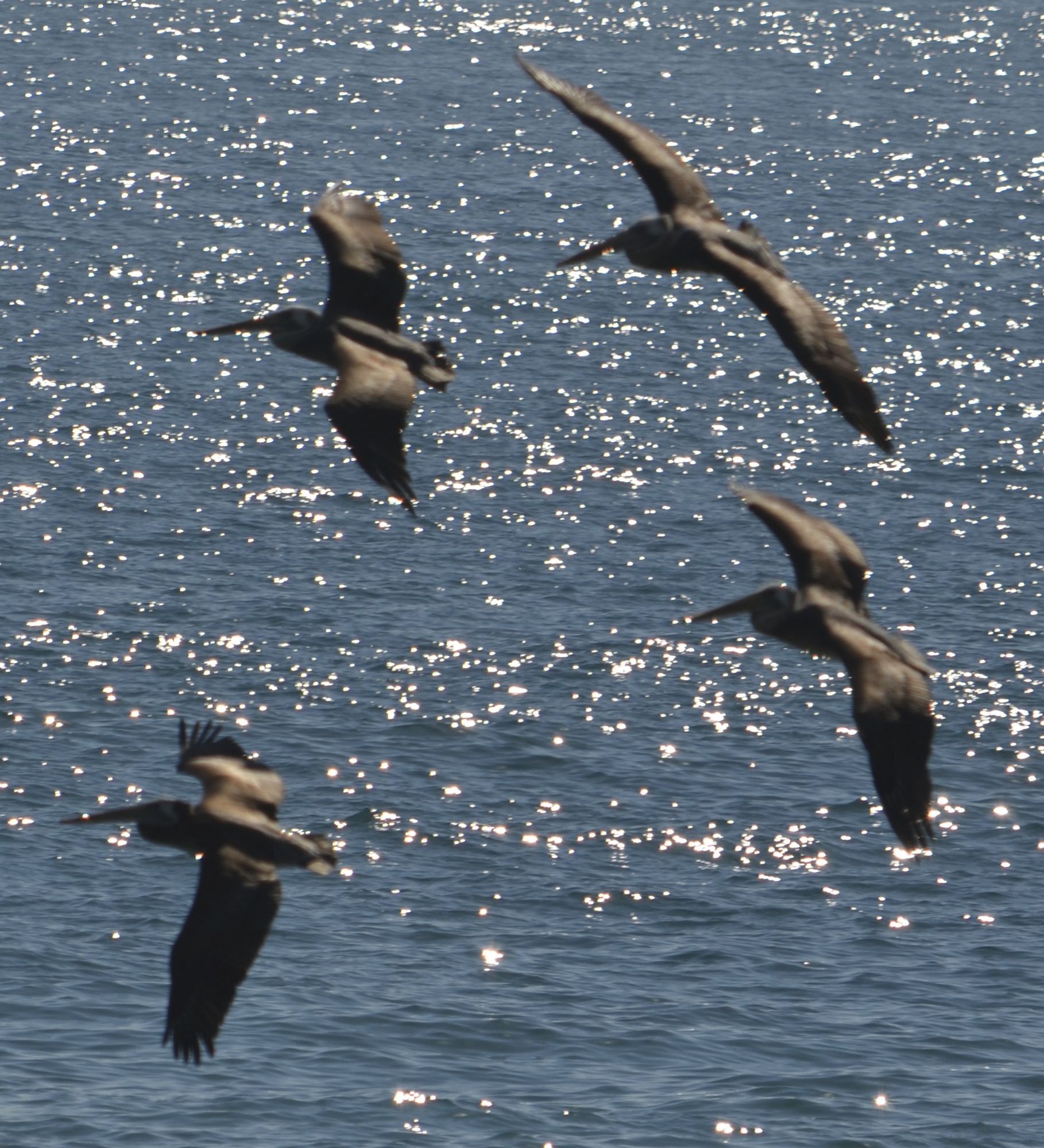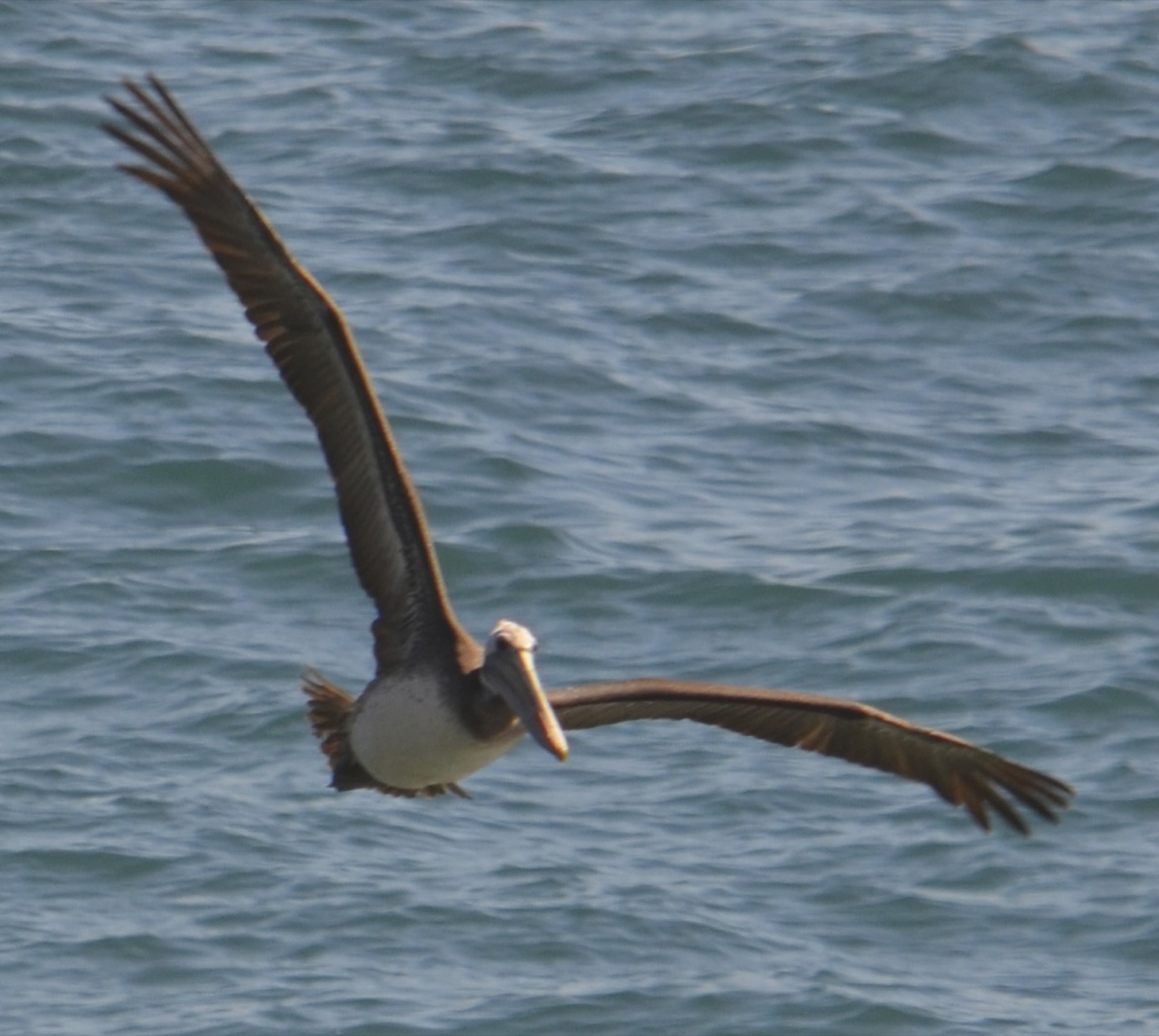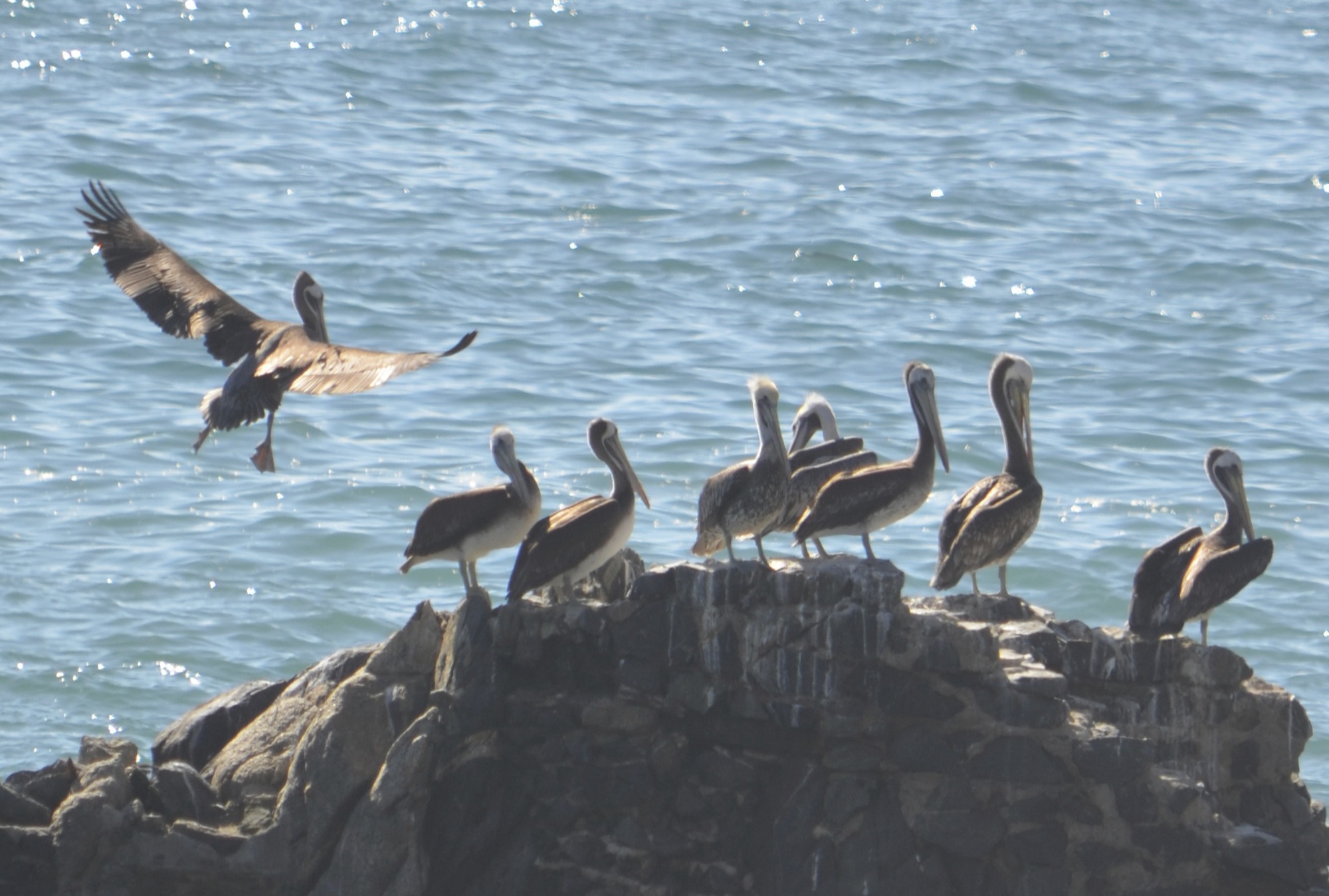Messing with the Moai
LOL
LOL


Pukao are the hats or top knots found on some of the moai. They are made from a type of rock called red scoria. They can be as large as 8 feet tall and 8 feet in diameter. The scoria came from the quarry at Puna Pau.
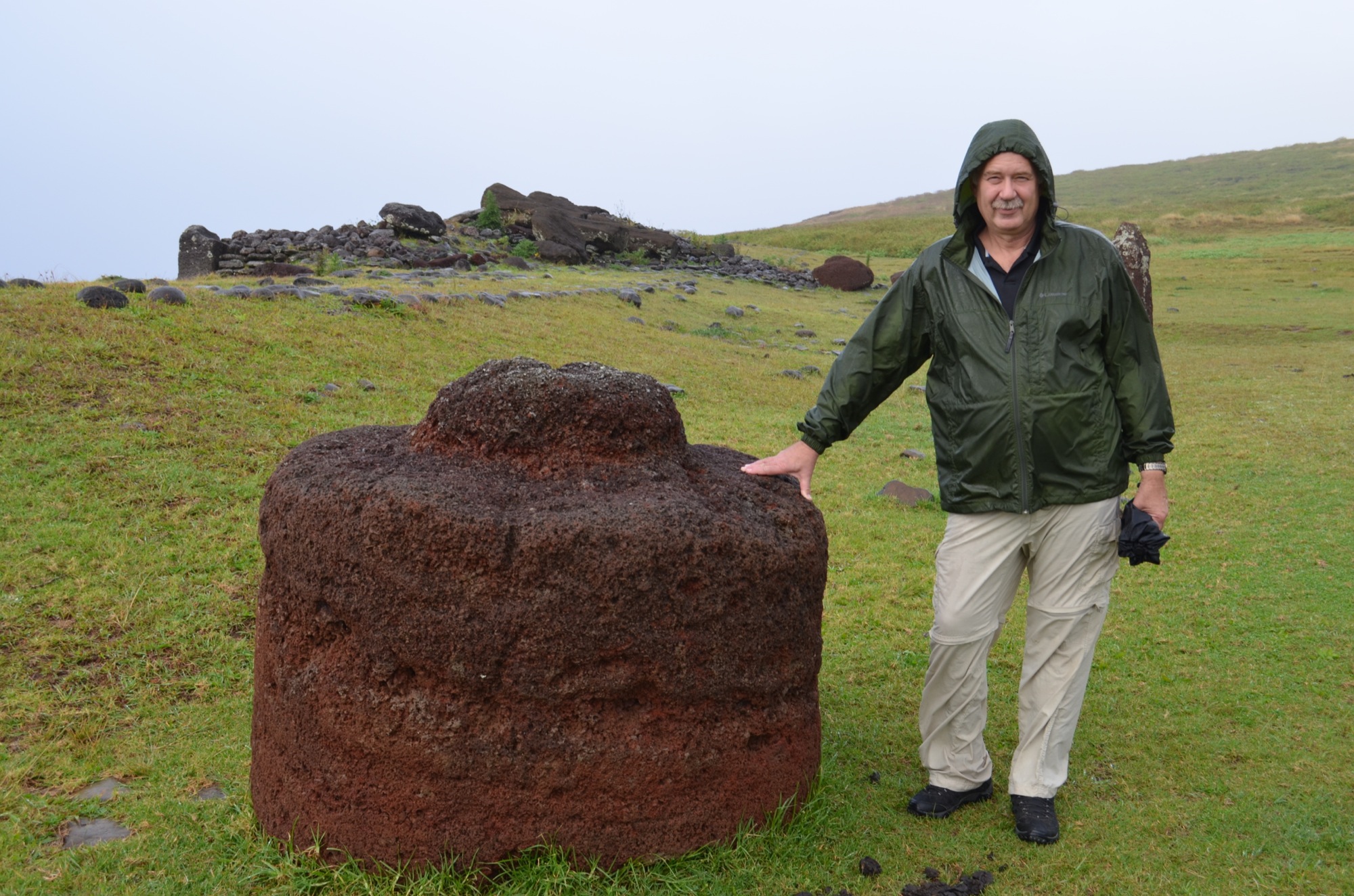


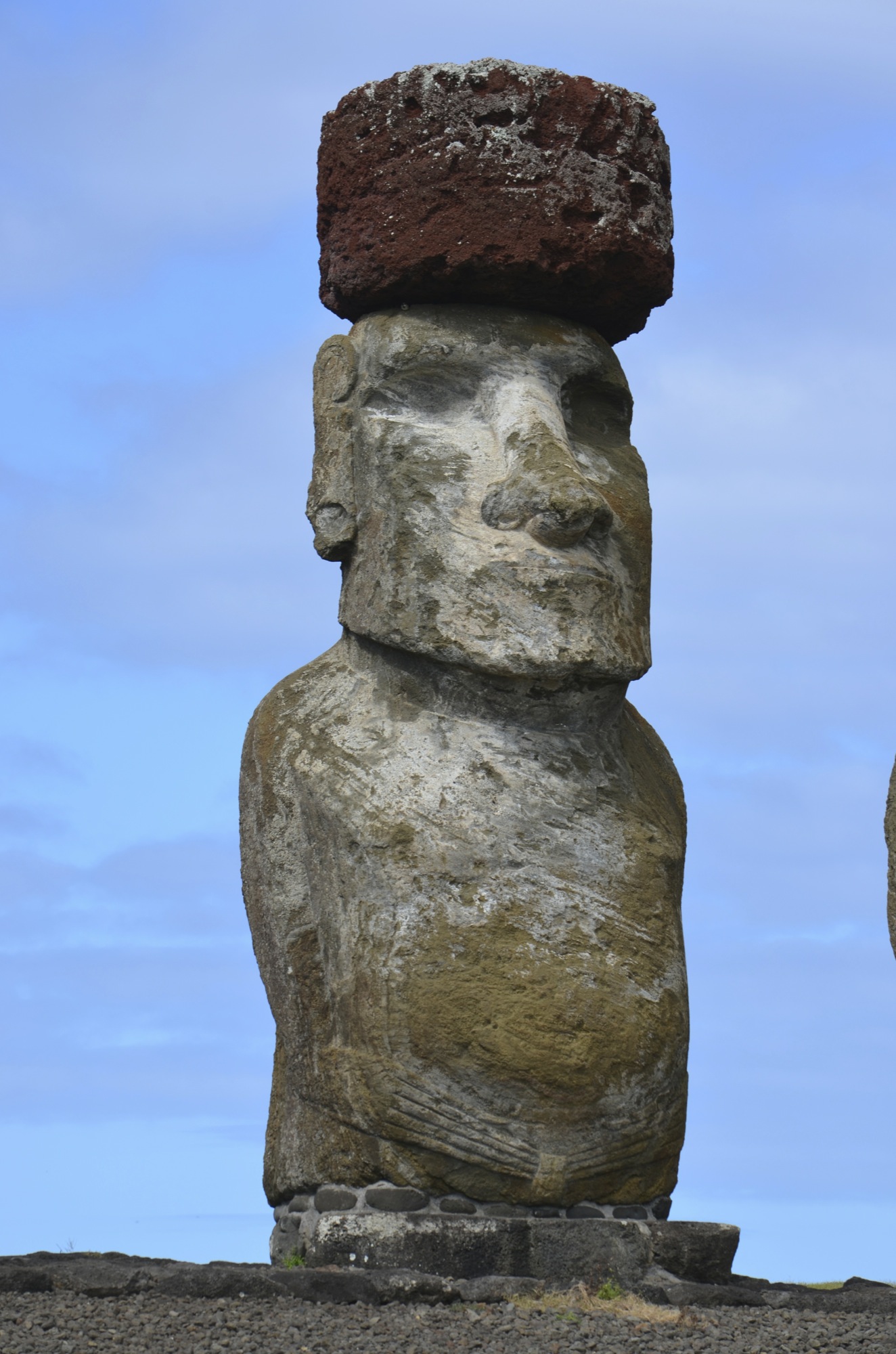
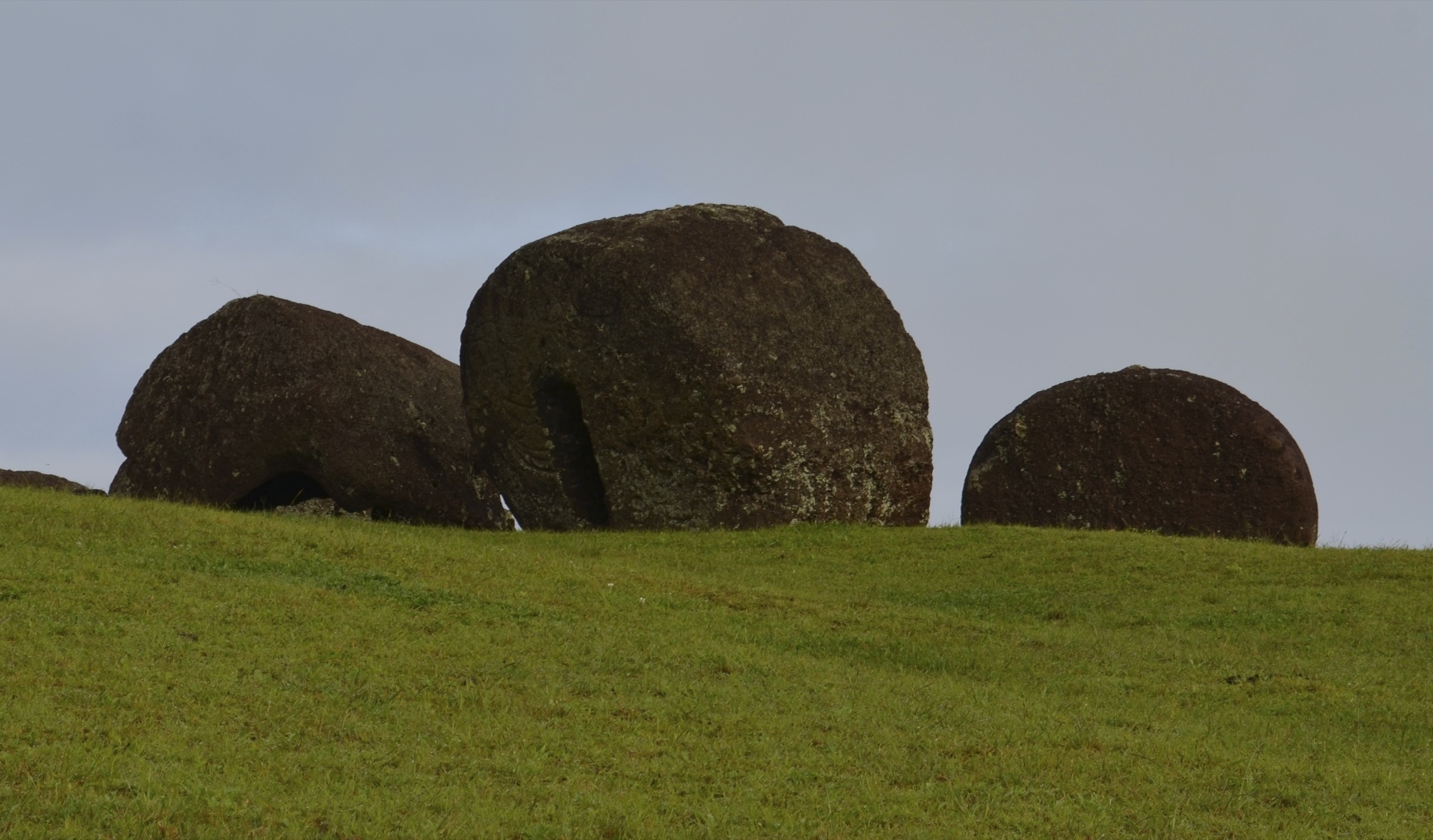
As the population of the Rapa Nui grew, so did the demand for food. They ate pretty much anything that moved on the island. Today, there are still not many animals. We did see a sea turtle sunning himself and there were wild horses all over the island. These horses are at a NASA tracking station that is no longer in use on the island. We also saw common diuca finches, tropicbirds, and caracara.
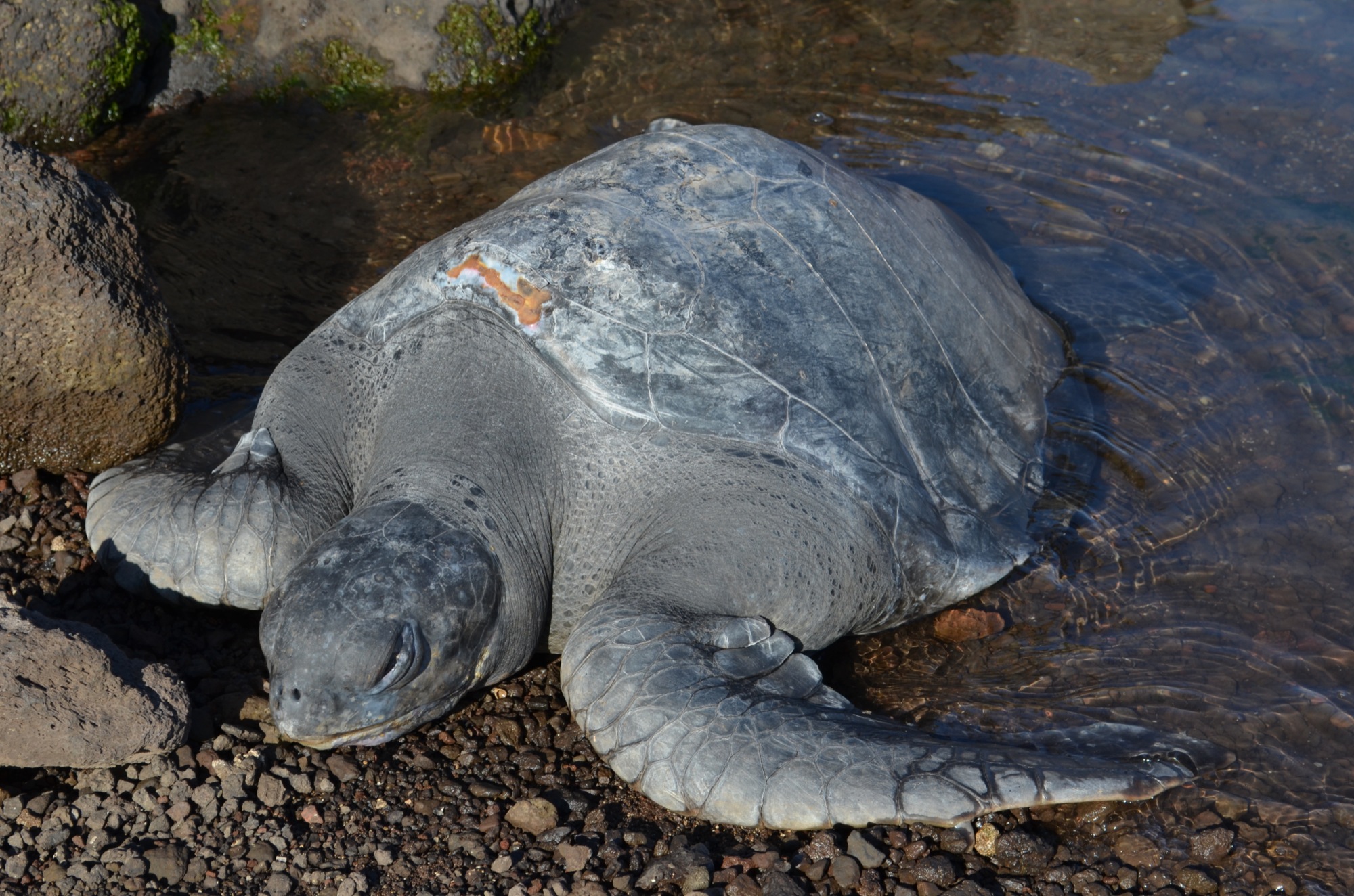


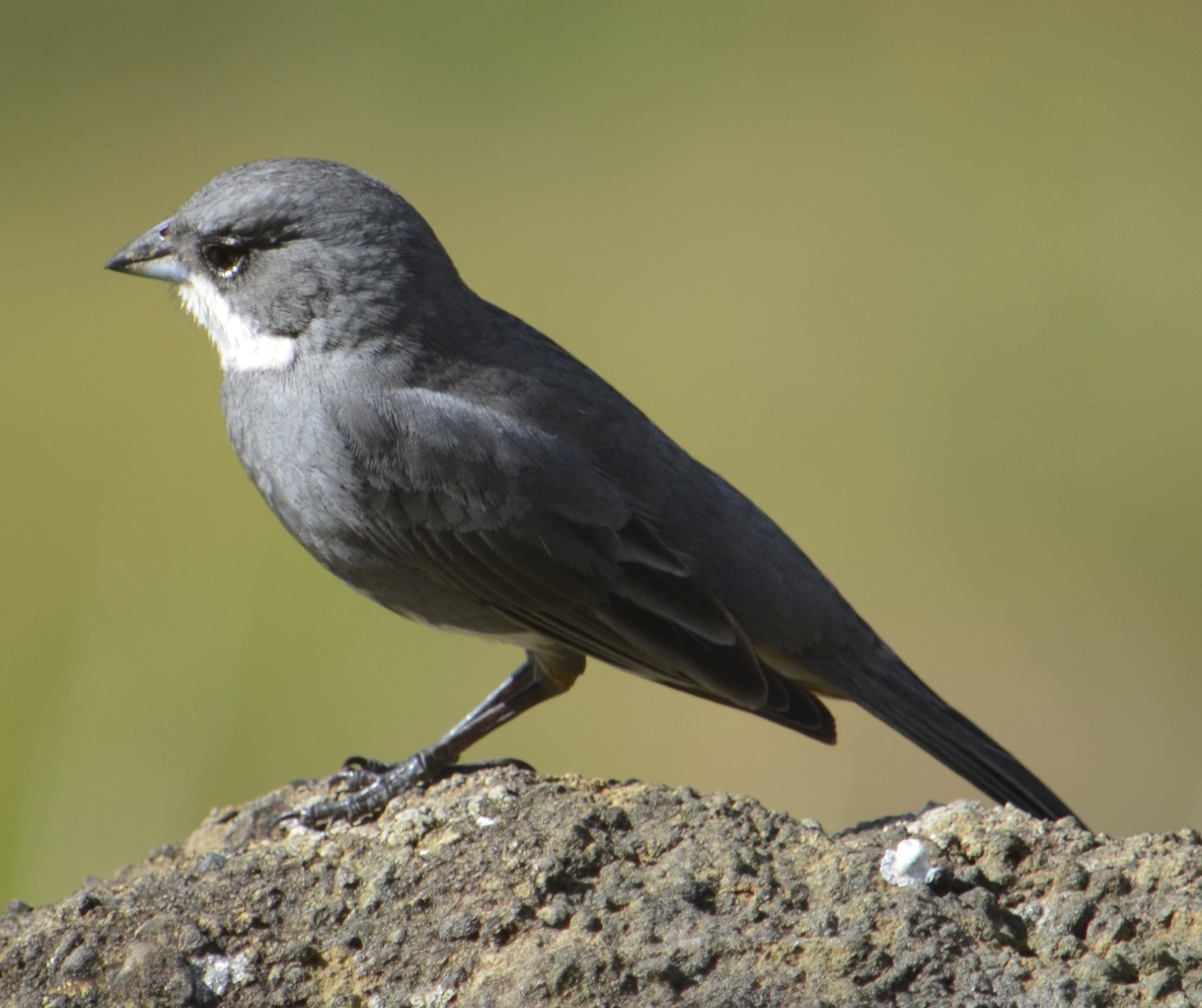

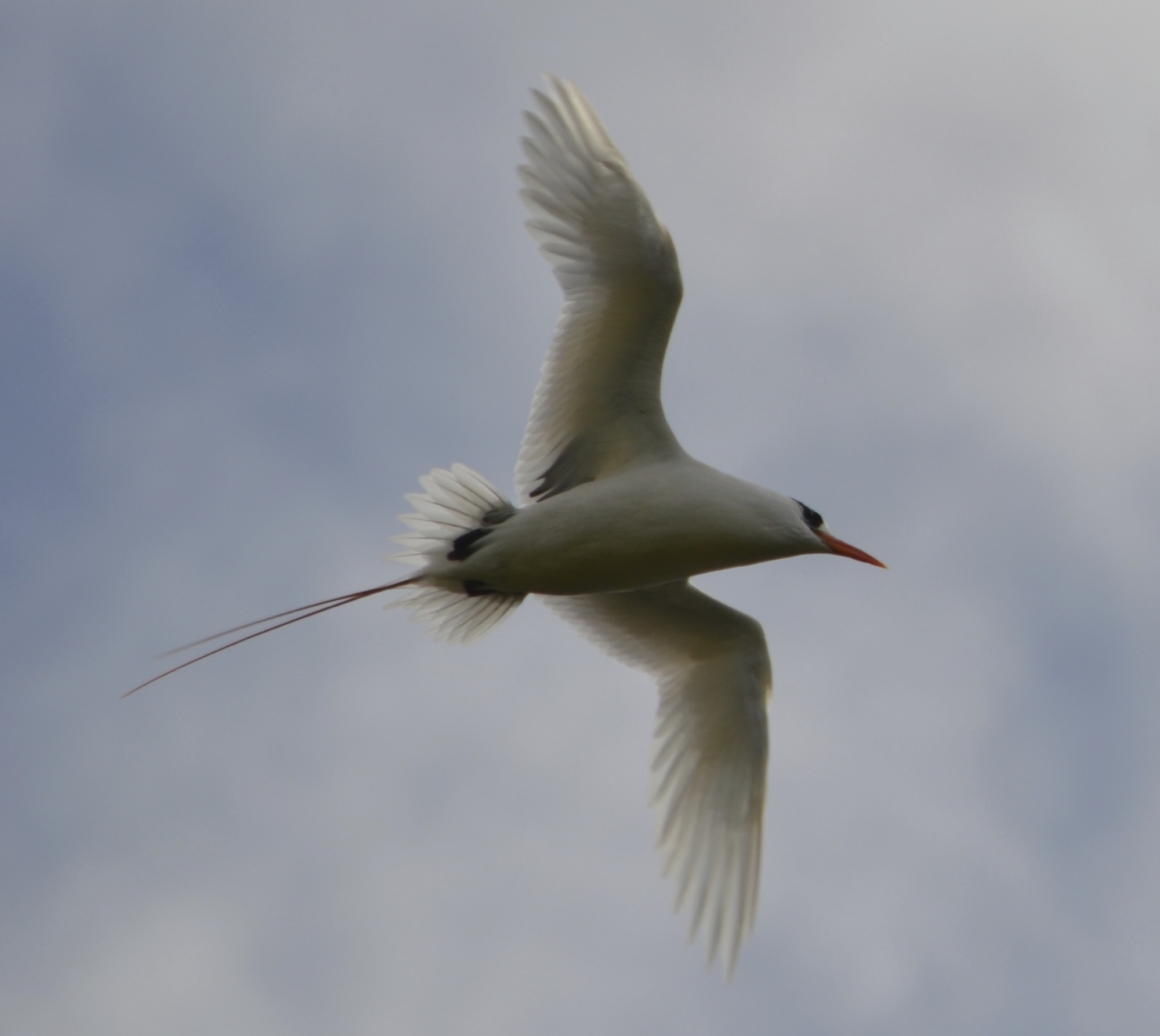


We enjoyed some lovely sunsets from the patio outside our hotel room.

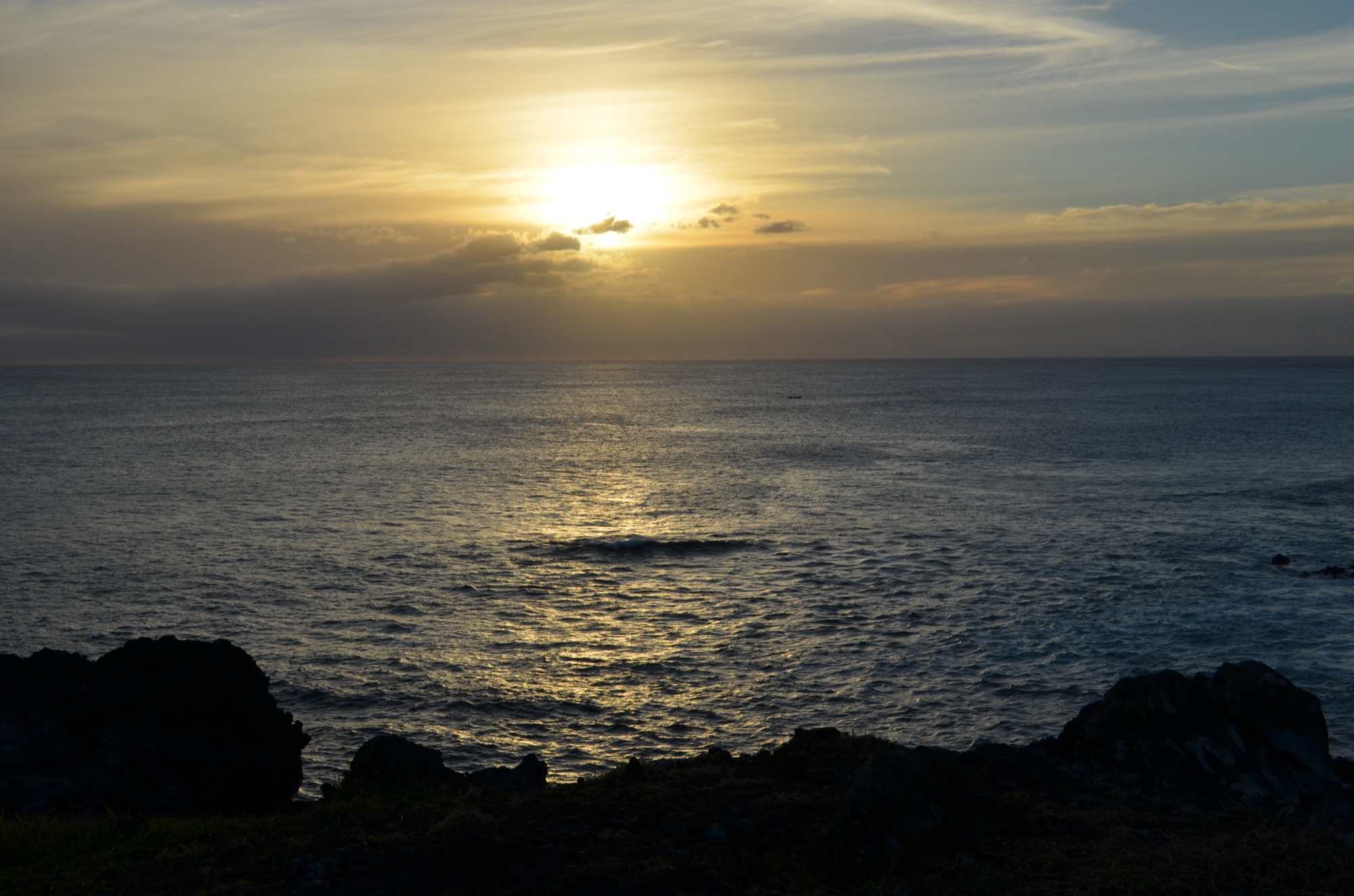

These moai are located at Anakena Beach. They are far more detailed than the other moai on the island.



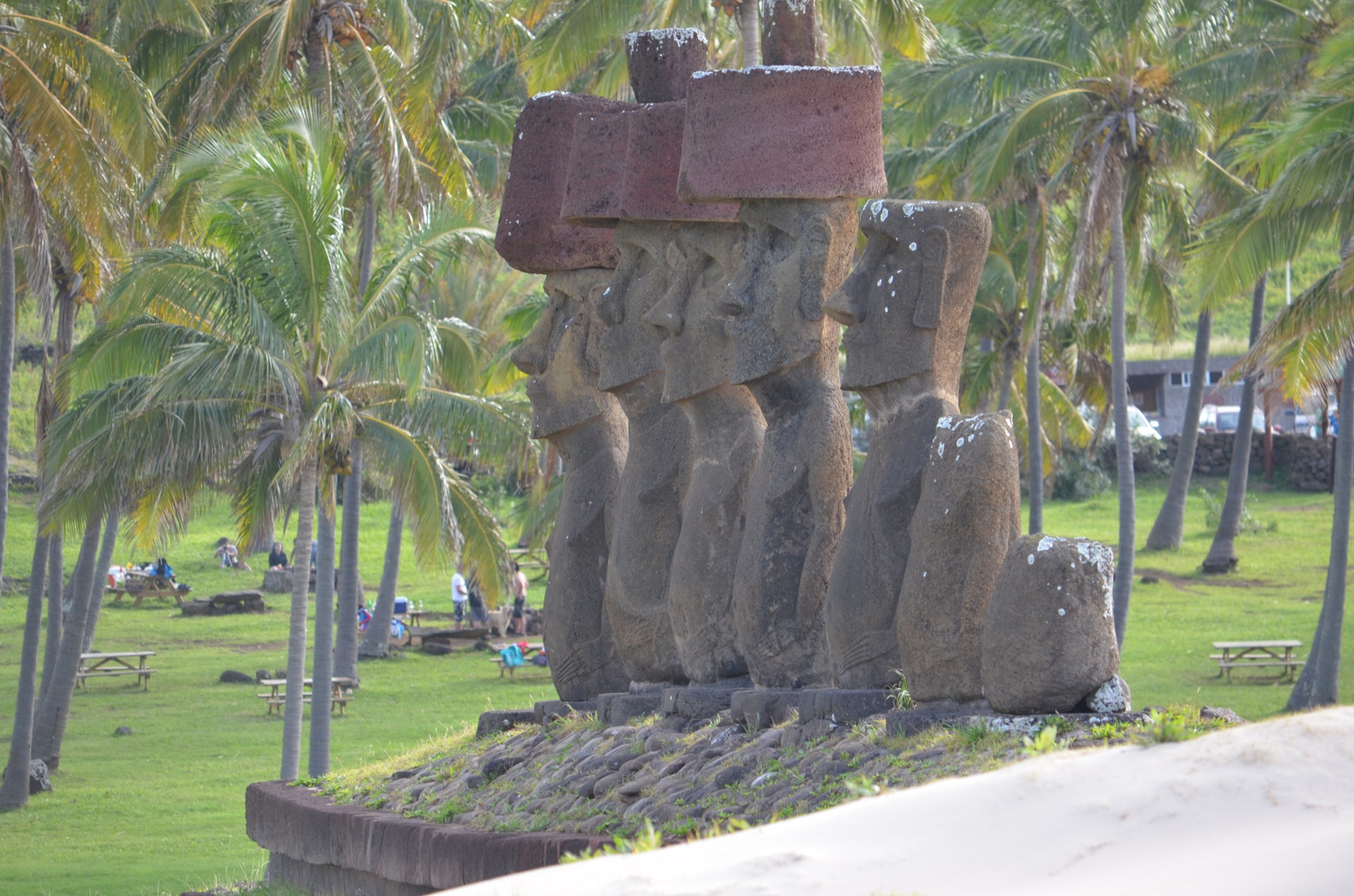
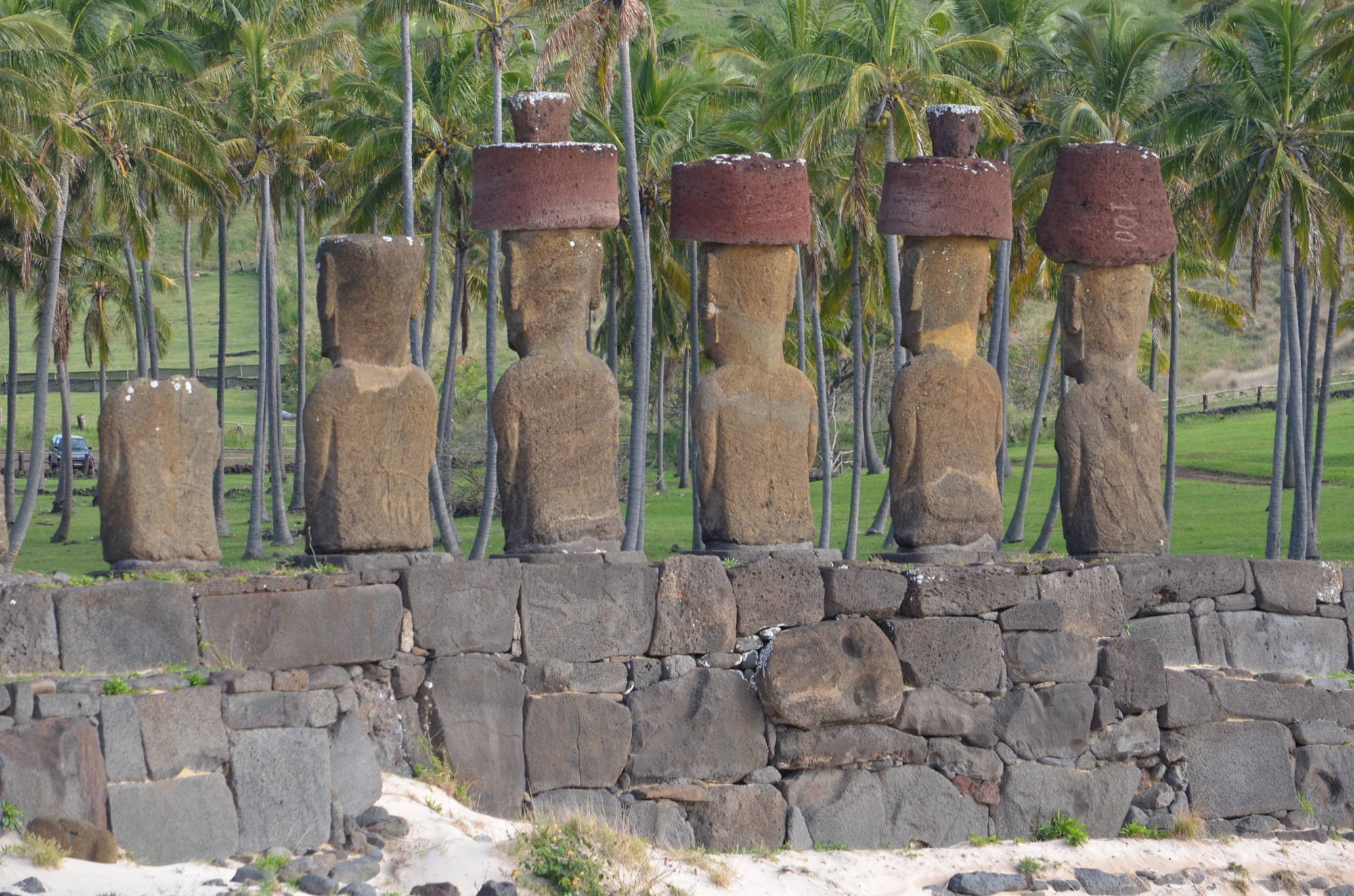
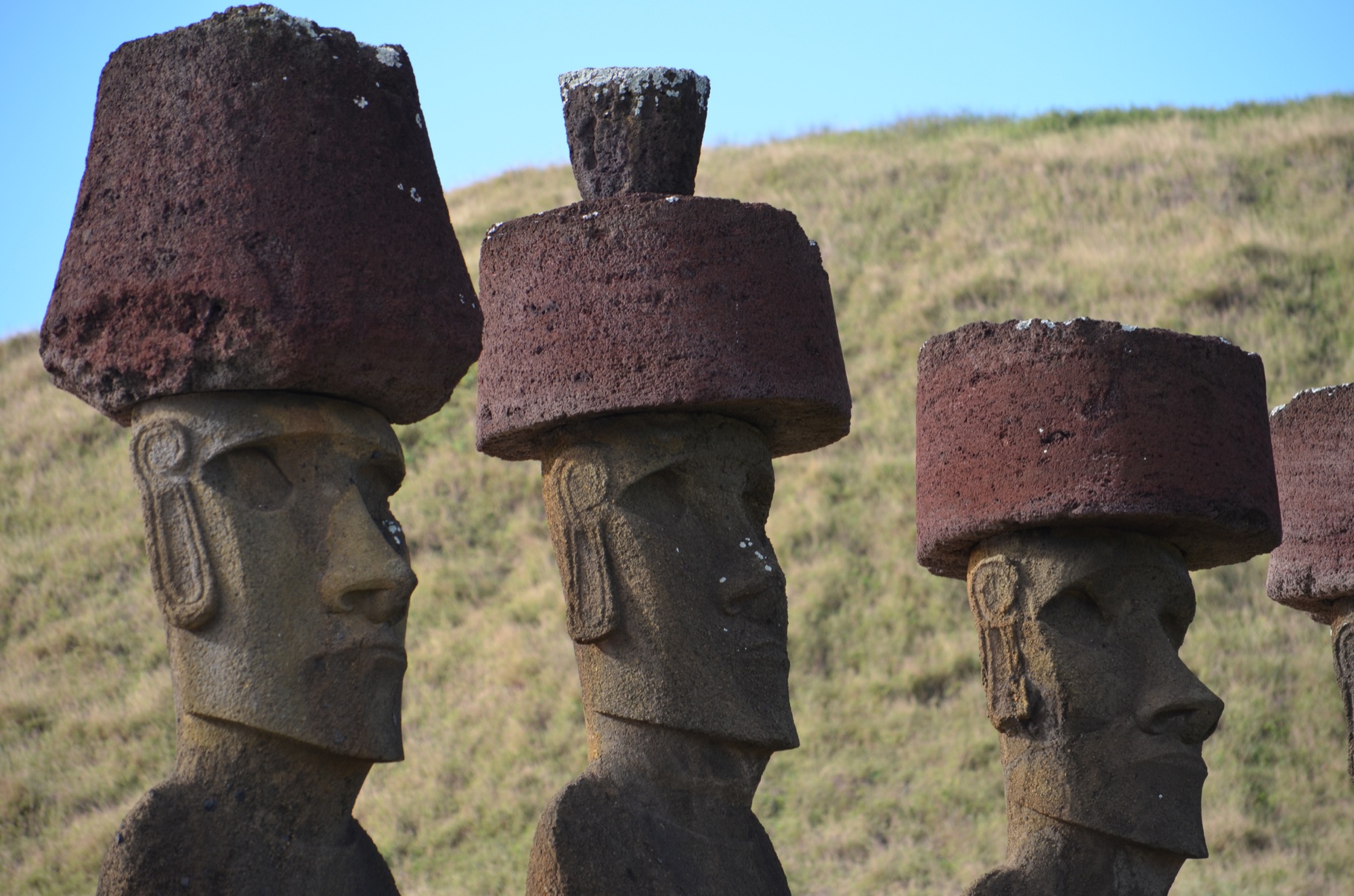
The Rapa Nui were wonderful engineers. They built and moved the large moai statues all over the island with few tools. One interesting thing we learned was how they made sure the platforms for the moai were level. They simply lined the top of the platform up with the horizon.
The Rapa Nui were not, however, good at conserving their resources. As the population grew, food became scarce, the island became deforested, and the people turned to cannibalism. Our guide showed us a small cave that still contained human remains.


With a fond farewell to all of the Easter Island moai, we flew back to Santiago. From there we took a day trip that brought us to Viña del Mar for wine tasting as our first stop.


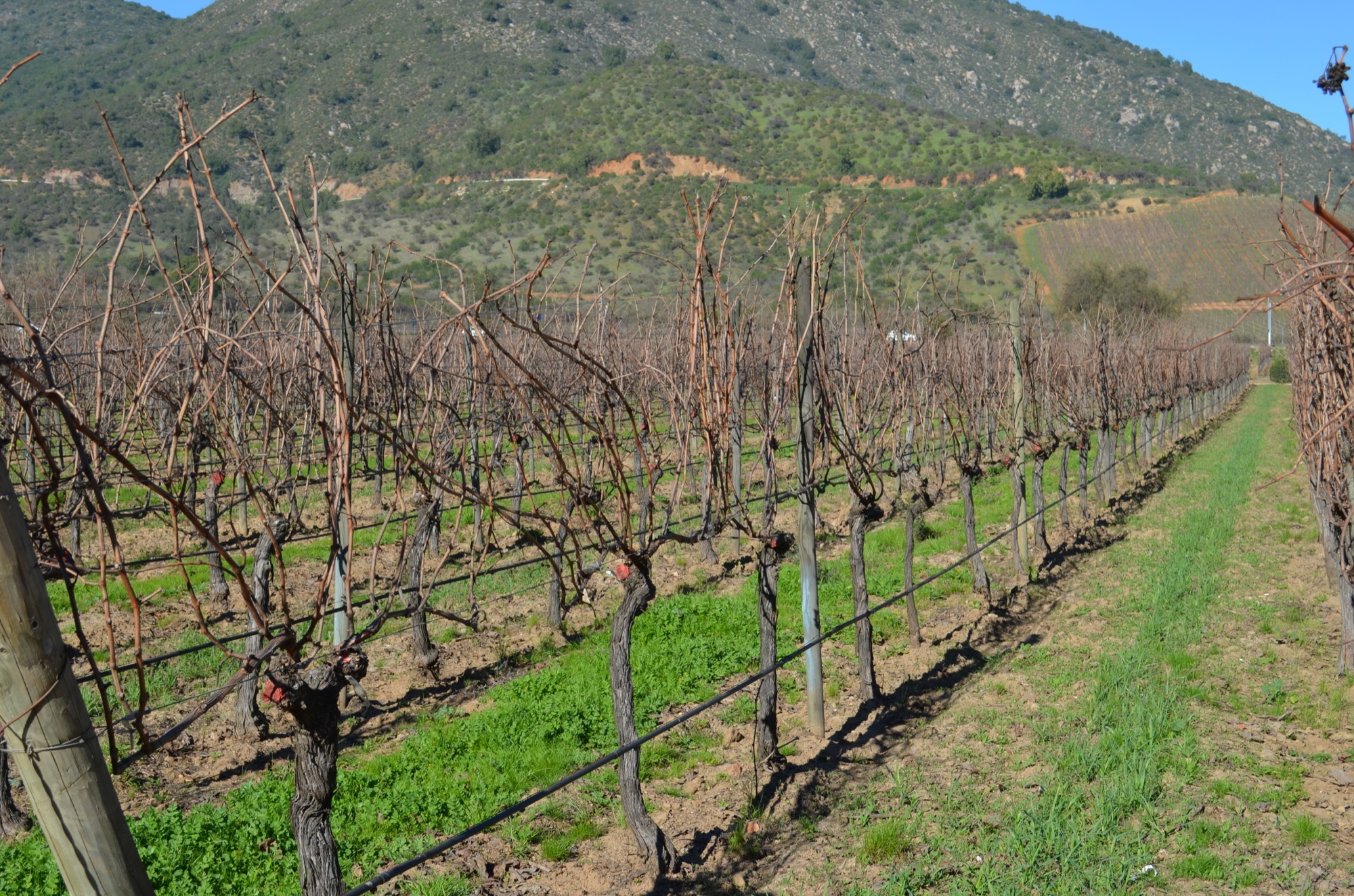
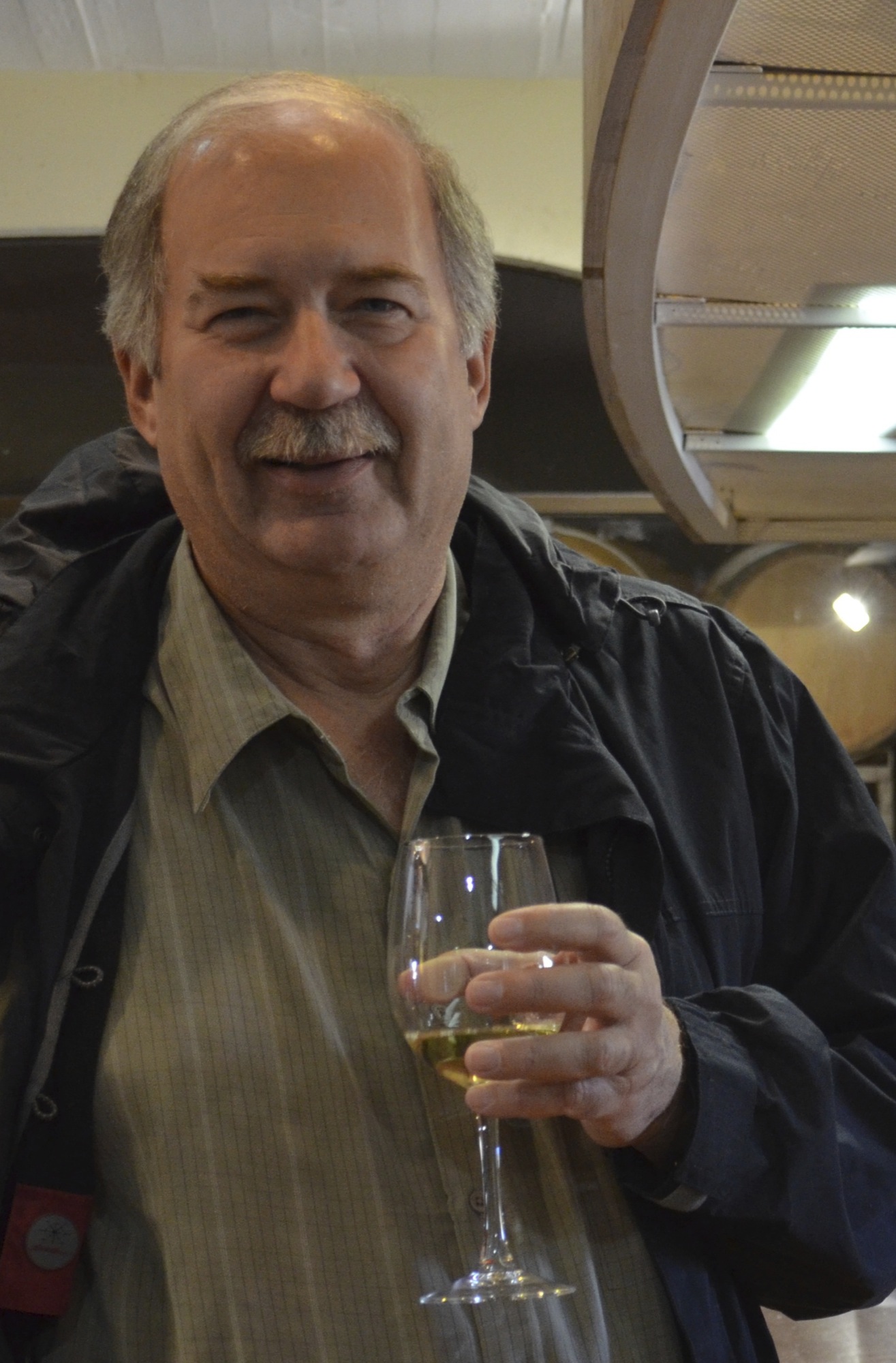
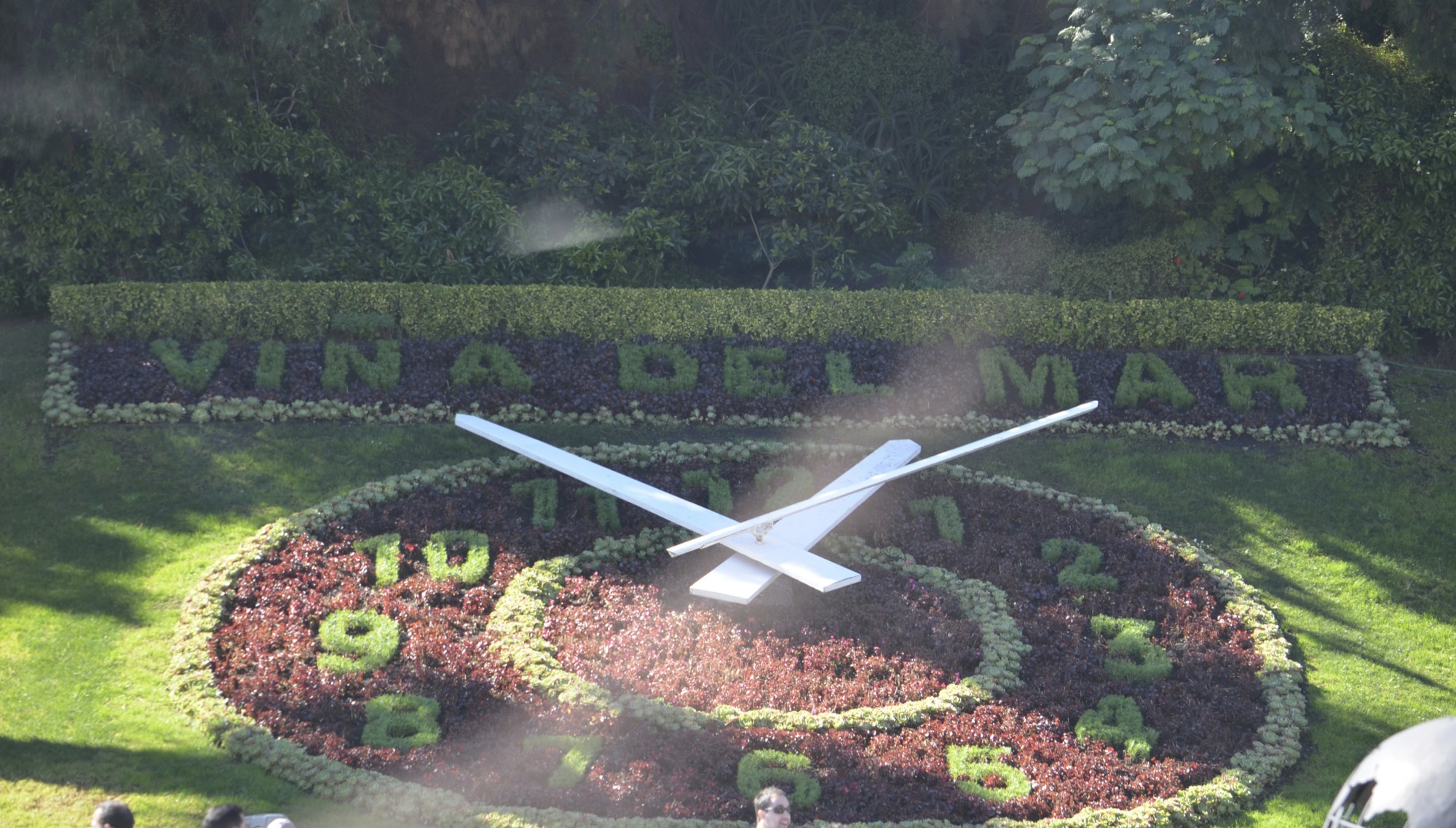
Valparaiso is a large port city in Chile. It is very hilly, and homes are terraced along the hills so that most homes have a view of the beach. Many of the homes are painted in bright colors so that the sailors coming into port could look at the hillsides and find their homes.



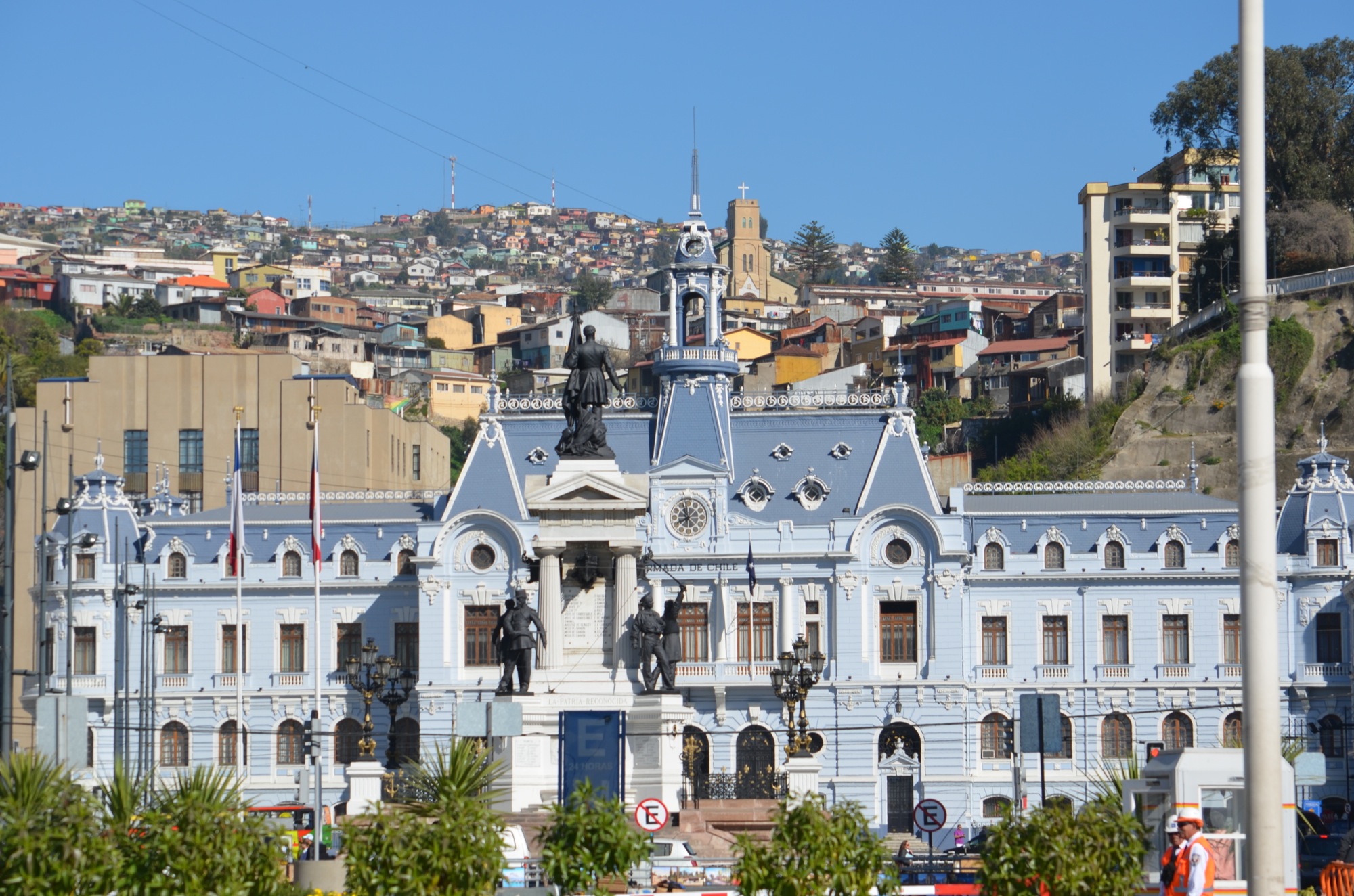

The marina was teeming with activity.
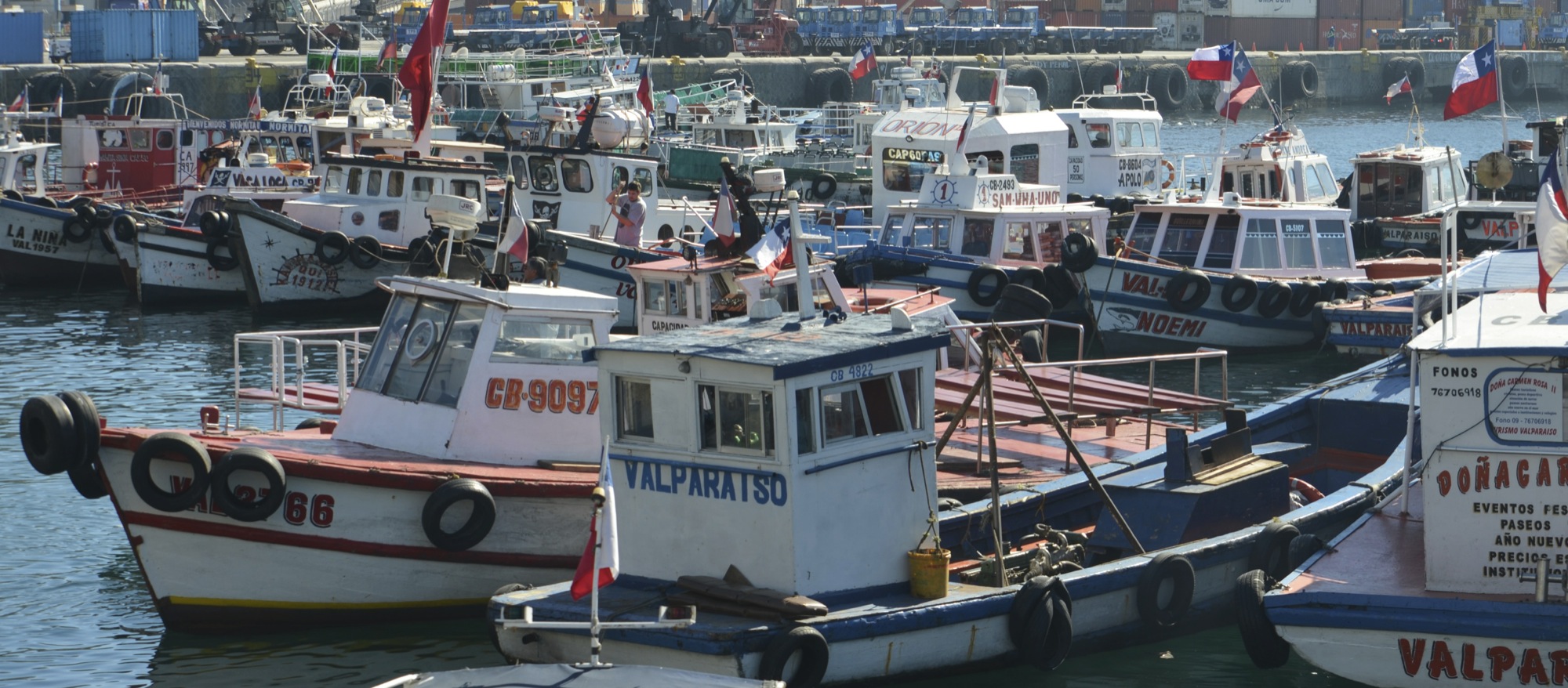

We had lunch at a restaurant that overlooked a rocky outcrop in the ocean. All of the local pelicans seemed to be gathered there.


